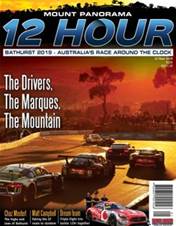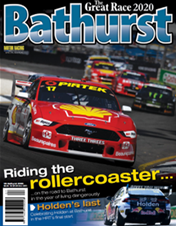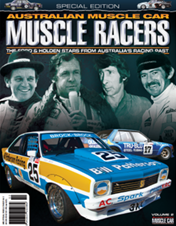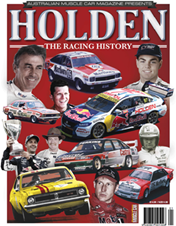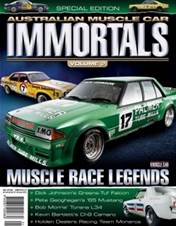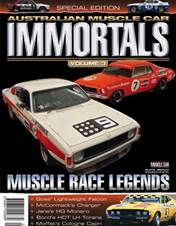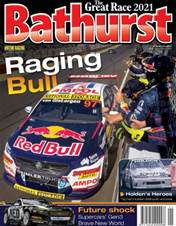For the last two decades Adelaide International Raceway has been something of a Clayton’s circuit – the racetrack you have when you don’t have a racetrack.
It sits there on metropolitan Adelaide’s sparsely vegetated northern fringes, out past the salt pans that hug the coast, in its original form and open for business. Yet the level and frequency of activity inside the gates suggests it’s somewhere between operational racing facility and time-warped ghost circuit. True, cars still hit the track, but it is donkey’s years since AIR hosted a motor racing meeting that most other Australian racetracks hold nearly every weekend. Racing, that is, involving more than two cars on the track at once.
This is in sharp contrast to its first two decades, when it was the epicentre of South Australian motorsport. As the official history of one local car club, the Austin 7 Club of SA, records, “AIR took the sport in SA into another realm – that of top level Australian and international motor racing, with its attendant professionalism, exposure and standards.”

There’s no better way to pinpoint AIR’s glory days than to highlight its hosting of SA’s Australian Touring Car Championship round for 17 consecutive years between 1972 and 1988. Some years the venue had two rounds – or more frequently an ATCC sprint round and a ManChamp endurance race – pulling crowds well into five figures.
Then, suddenly, the tap got turned off. National championship events for tin-tops, open-wheelers, Sports Sedans and other classes switched back to near-neighbour Mallala, the circuit AIR succeeded in the first place. For almost 30 years it’s been the former airfield track that’s supplemented the big annual street race in the city’s parklands and AIR has been perennially on the backburners with the flame barely flickering.
AIR may well be a Clayton’s circuit – when viewed through the eyes of a mainstream motor racing enthusiast, at least – but the 2.4km venue does have its own unique story, flavour and characteristics.

History 101
Constructing, owning and operating Surfers Paradise International Raceway must have been a positive, profitable endeavour for entrepreneur Keith Williams in the late 1960s. For in 1970 he pressed the ‘go button’ on a similar circuit 26km north of Adelaide’s CBD. The countless challenges involved in building and running a motor racing facility has never been for the faint-hearted or shallow-pocketed.
Williams possessed neither. He did, however, have a ‘hard nose’ and a heart that pounded for his pet motorsport projects.
Williams acquired the virgin site at, appropriately, Virginia, and set about transforming the flat-as-a-pancake precinct into a multi-function venue.
It wasn’t long before the planned new track upset some members of the South Australian motorsporting establishment, who initially thought they would have a second place to race, in addition to the state’s only fully-functional motor racing circuit. Williams must have reasoned SA could not viably sustain two tracks, and he purchased Mallala, a further 30km to the north, in 1971, with a view to shutting it down.
Williams immediately took steps which prevented any motor racing taking place at Mallala, dividing up the ex-RAAF airfield base and selling it on the proviso that it wouldn’t operate for motor racing. Thus, he handed his new circuit a monopoly in the state. He was first and foremost a businessman...

You have reached an article available exclusively to Premium members.
JOIN FROM AS LITTLE AS $6.66 A MONTH* FOR INSTANT ACCESS.
Already a member? Log in
* Billed annually at $79.90






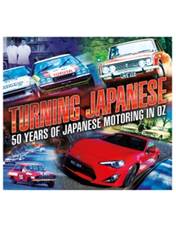
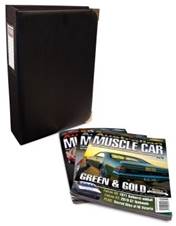


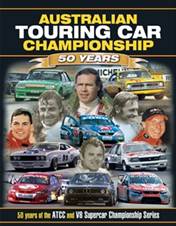

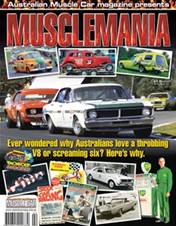
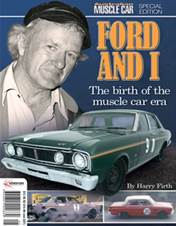
.jpg&q=70&h=226&w=176&c=1&s=1)
